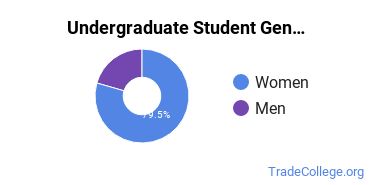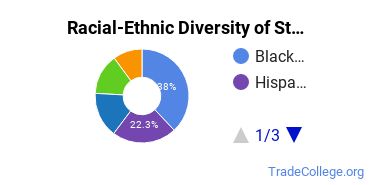St Paul’s School of Nursing - Queens Trade Programs
St Paul's School of Nursing - Queens is a private for-profit institution located in Rego Park, New York. The surrounding area of the school is a good match for students who enjoy city life.
Featured schools near , edit
Where Is St Paul’s School of Nursing - Queens?

Contact details for St Paul's School of Nursing - Queens are given below.
| Contact Details | |
|---|---|
| Address: | 97-77 Queens Blvd, Rego Park, NY 11374 |
| Phone: | 718-357-0500 |
| Website: | www.stpaulsschoolofnursing.edu |
Can I Afford St Paul’s School of Nursing - Queens?
| In State | Out of State | |
|---|---|---|
| Tuition | $16,897 | $16,897 |
| Fees | $659 | $659 |
| Books and Supplies | $1,084 | $1,084 |
Student Loan Debt
It's not uncommon for college students to take out loans to pay for school. In fact, almost 66% of students nationwide depend at least partially on loans. At St Paul's School of Nursing - Queens, approximately 89% of students took out student loans averaging $8,819 a year. That adds up to $35,276 over four years for those students.
St Paul’s School of Nursing - Queens Undergraduate Student Diversity
Gender Diversity
Of the 747 full-time undergraduates at St Paul's School of Nursing - Queens, 28% are male and 72% are female.

Racial-Ethnic Diversity
The racial-ethnic breakdown of St Paul's School of Nursing - Queens students is as follows.

| Race/Ethnicity | Number of Grads |
|---|---|
| Asian | 113 |
| Black or African American | 259 |
| Hispanic or Latino | 157 |
| White | 94 |
| International Students | 0 |
| Other Races/Ethnicities | 124 |
St Paul’s School of Nursing - Queens Trade School Concentrations
The table below shows the number of awards for each concentration.
| Major | Associate’s | TOTAL |
|---|---|---|
| Medical/Clinical Assistant | 48 | 48 |
| TOTAL | 48 | 48 |
References
*The racial-ethnic minorities count is calculated by taking the total number of students and subtracting white students, international students, and students whose race/ethnicity was unknown. This number is then divided by the total number of students at the school to obtain the racial-ethnic minorities percentage.
More about our data sources and methodologies.
Featured Schools
 Request Info
Request Info
|
Southern New Hampshire University You have goals. Southern New Hampshire University can help you get there. Whether you need a bachelor's degree to get into a career or want a master's degree to move up in your current career, SNHU has an online program for you. Find your degree from over 200 online programs. Learn More > |
